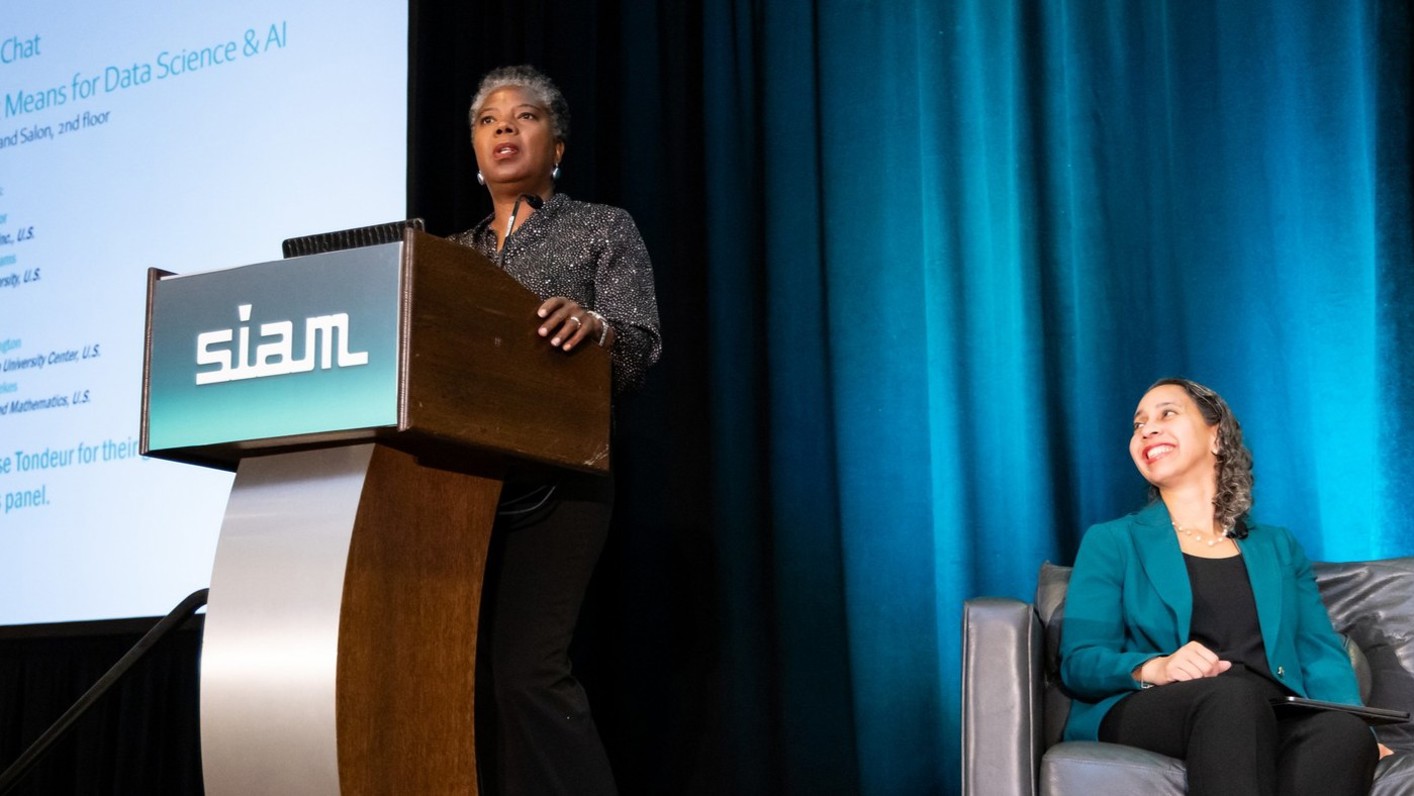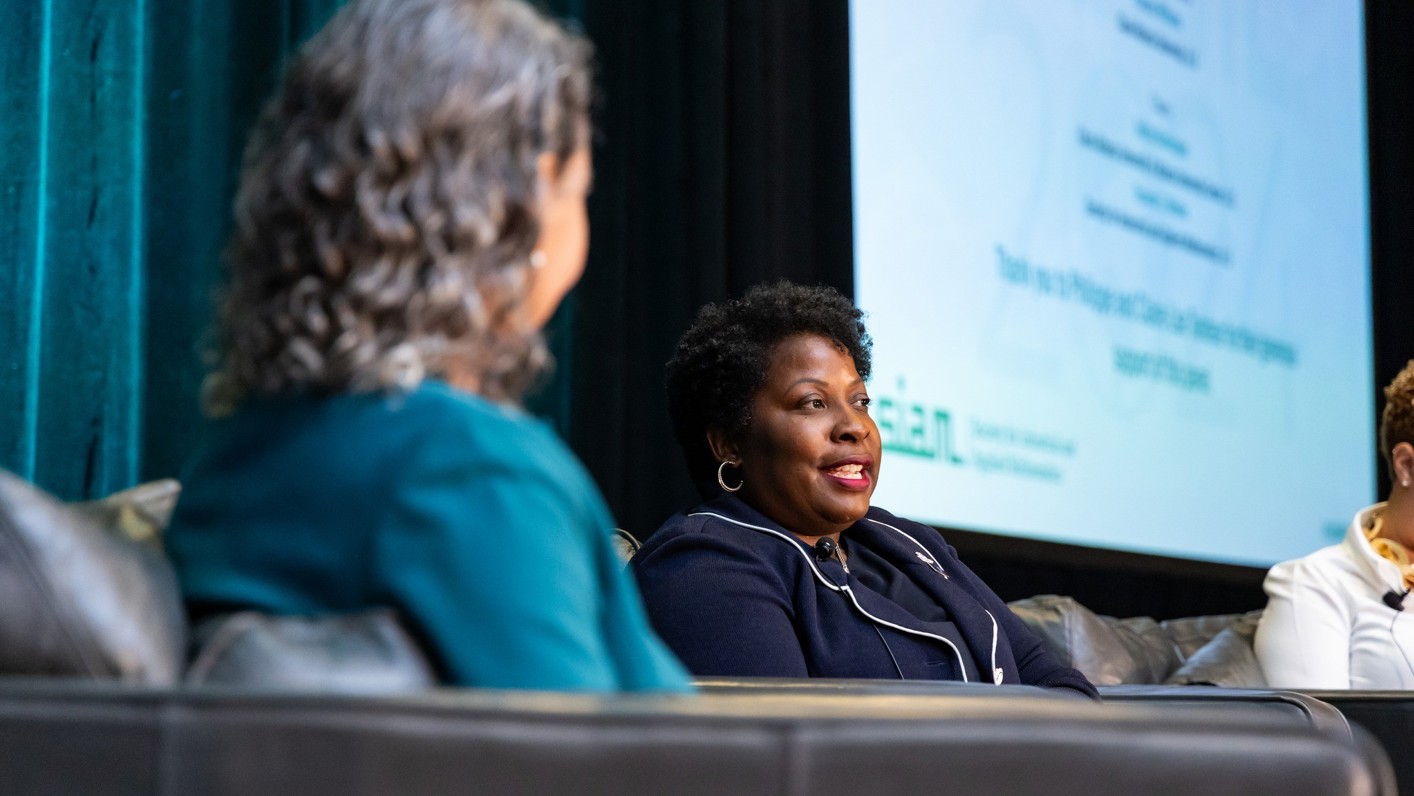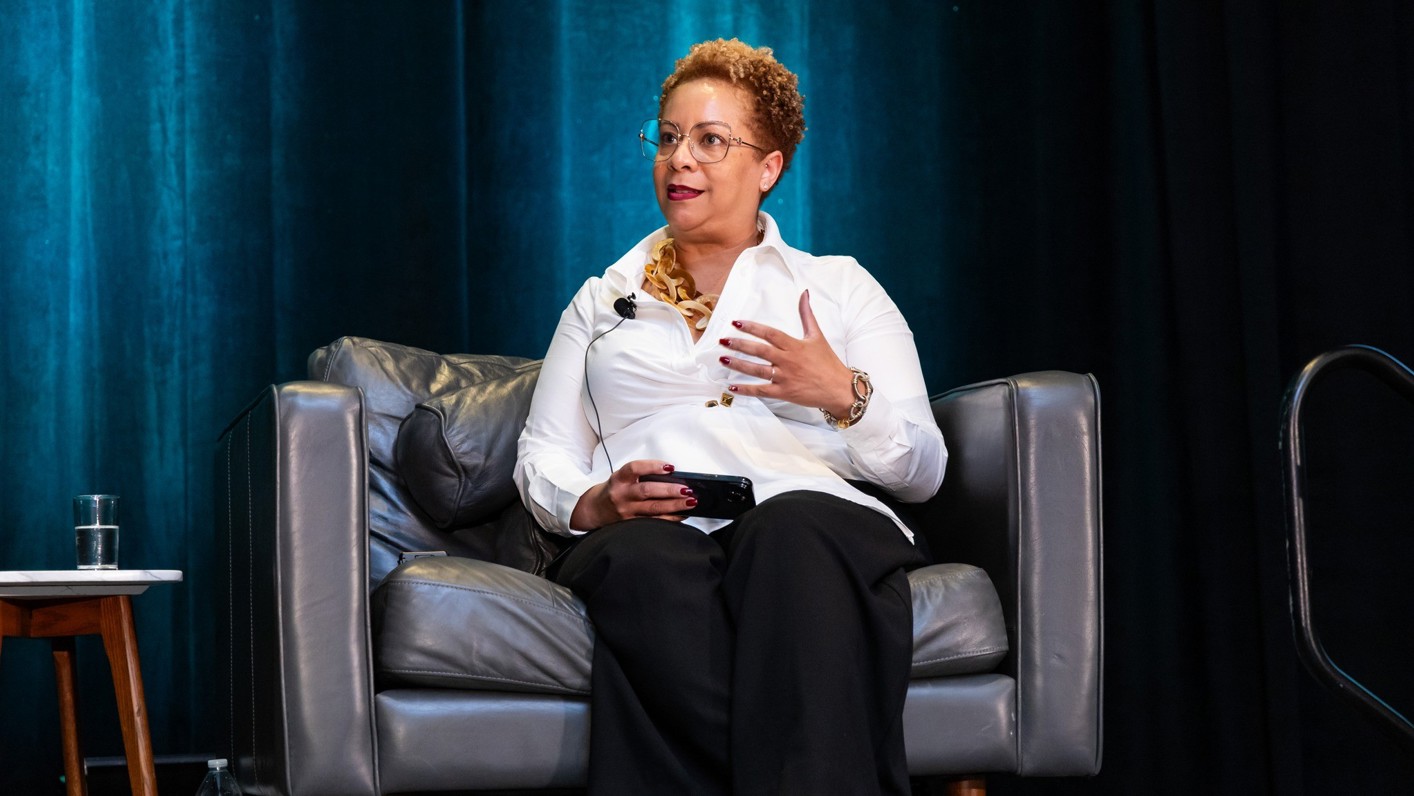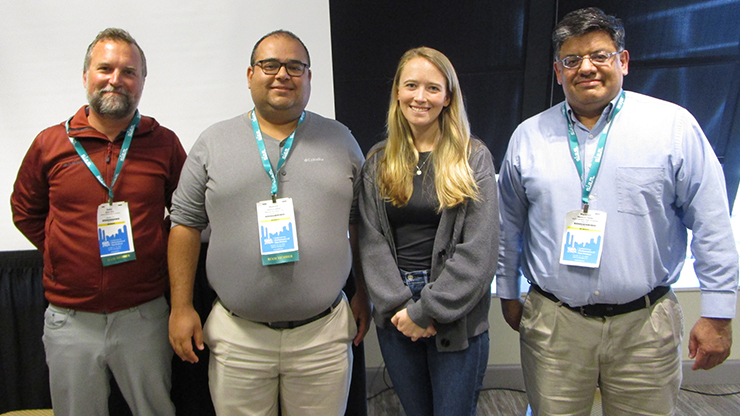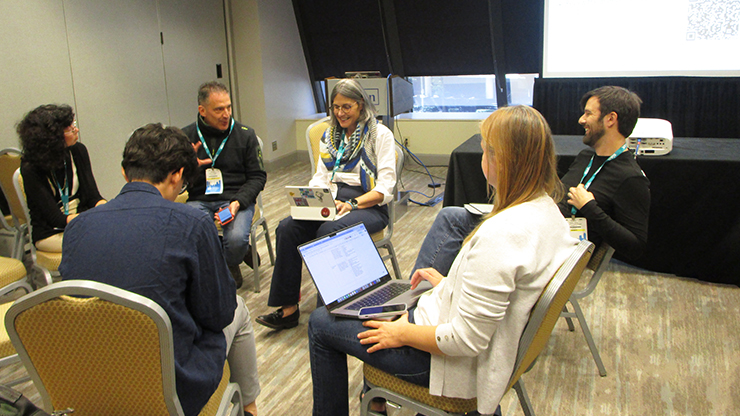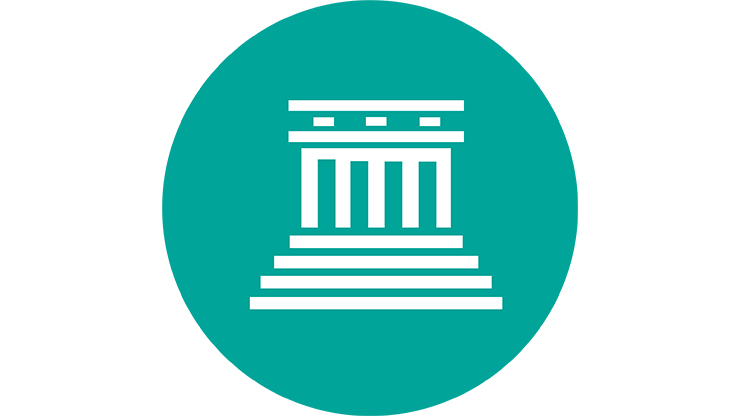MDS24 Fireside Chat Explores the U.S. CHIPS and Science Act and Its Influence on Data Science Research
In August 2022, U.S. President Joe Biden signed the Creating Helpful Incentives to Produce Semiconductors (CHIPS) and Science Act into law [2]. The legislation authorized the investment of approximately $280 billon USD for use-inspired translational domestic research to boost scientific innovation, advance semiconductor manufacturing, and grow the science, technology, engineering, and mathematics (STEM) workforce [1]. Per the law’s citation, “This act provides funds to support the domestic production of semiconductors and authorizes various programs and activities of the federal science agencies.” Of the total investment, the act allocates $174 billion for public sector STEM research with a variety of applications, from quantum computing to human spaceflight. Key focus areas include microelectronics, materials science, artificial intelligence (AI), biotechnology, wireless communication, cyberinfrastructure and cybersecurity, energy technology, and quantum information science.
During the 2024 SIAM Conference on Mathematics of Data Science, which took place last October in Atlanta, Ga., a special Fireside Chat event explored key takeaways and opportunities of the CHIPS and Science Act in the context of data science. Talitha Washington—executive director of the Center for Applied Data Science and Analytics at Howard University—moderated the hourlong session, which was co-organized by Suzanne Weekes, chief executive officer of SIAM, and made possible by generous support from Philippe and Claire-Lise Tondeur. Washington—who previously served as inaugural director of the Atlanta University Center Data Science Initiative and the U.S. National Science Foundation’s National Data Science Alliance—led panelists Shree Taylor, Vice President of Government Civilian Services at Elder Research, and Frances Williams, Vice President for Research and Sponsored Programs at Clark Atlanta University, in a conversation about the motivation behind the act and its significance within the U.S. research community.
Williams, who holds a Ph.D. in electrical and computer engineering, opened the session by emphasizing microtechnology’s important role in modern society. For instance, microchips comprised of semiconductor materials are present in phones, computers, credit cards, appliances, and even cars. Scientists and engineers continuously seek to synthesize materials with better properties that will increase the operating capacity of these electronic devices. “This is because they have many more electronic circuits,” Williams said. “They’re smaller, closer together, and faster as well.”
Advances in semiconductor and microchip technology thus promote the growth of emergent research fields and industry sectors. By designating more than $52 billion USD for the manufacture of semiconductors, the CHIPS and Science Act ultimately aims to reduce U.S. reliance on foreign chip production. “The available funds will boost semiconductor research, development, and production to ensure U.S. leadership in technology, for everything from automobiles to household appliances,” Williams said. These efforts also facilitate the development of necessary hardware for AI-related computation and contribute to the rapid, accurate processing of massive amounts of data. “This area is the foundation for so many of our technologies, including AI, data science, and data analytics,” Williams continued. “It’s instrumental in fueling a range of applications.”
President Biden passed the Executive Order on Safe, Secure, and Trustworthy Development and Use of Artificial Intelligence in October 2023 (though the order has since been revoked), and organizations are working to navigate the responsible implementation of AI amid rapid change. Many hold that the creation of model frameworks should capture the cultures and expectations of modern-day society and involve multiple contributors who can challenge existing ways of thinking, ask questions, and recognize unconscious biases. “We don’t advocate that anyone builds a model in silo,” Taylor said. “There has to be collaboration and you need someone holding you accountable. Know that feedback is for the betterment of the product.”
Taylor, who holds a Ph.D. in applied mathematics, pointed to large language models (LLMs) as an AI technology on which the U.S. government has become increasingly reliant. These models can raise throughput without compromising quality by sifting through and identifying relevant information at a much quicker rate than manual search. Although small businesses might not be able to implement LLMs themselves due to the models’ size and complexity, small language models—which can be scaled up as needed—are often a good starting point.
As a government contractor, Taylor is appreciative of the CHIPS and Science Act’s positive influence on her organization and the broader research community. “This act will make sure that we remain focused, have a collective momentum, and all work together,” she said. “It’s a big, big global deal.” The resulting partnerships and creative collaborations ensure that organizations can harness all available talent.
Workforce development is another key focal point of the act. “We need to build and grow our domestic talent,” Williams said. “Part of this issue is a numbers game — actually finding and getting more students involved in STEM.” She added that universities should increase programming for student research outside of the classroom by maintaining strong relationships with nonacademic institutions. Educational partnerships with industry can provide valuable resources, including access to software, laboratory space and research facilities, advisement and mentorship, and possible internships and co-ops.
When interacting with students, Taylor strives to foster a sense of excitement and passion about the opportunities for AI and data science work in industry and government settings. As a general rule, job postings in government or with federal contractors require U.S. citizenship and a public trust clearance, background check, and/or Department of Defense security clearance. Because such positions demand a great deal of discipline and commitment, some openings fail to attract suitable applicants. “There’s always a shortage of finding the talent and fulfilling additional requirements to meet the objectives for many government agencies,” Taylor said.
Conversation then turned to the technical and interpersonal proficiencies that are necessary for a successful career in data science. Taylor named oral and written communication skills, strong interview performance, and leadership ability as most important, although the latter is almost never part of formal mathematical curricula. “Leadership is the competency that everyone needs to have, regardless of background,” she said, noting that government and industry jobs typically require an abundance of communication, patience, intuition, and inquisitiveness. These so-called soft skills allow employees to actively correspond with clients, understand their needs, and properly formulate technical problems with appropriate parameters.
Taylor encouraged educators to challenge their students with groupwork that intentionally incorporates ambiguity to reflect real-world situations. She recalled that when she taught graduate-level math, students routinely aced problems with closed-form solutions but struggled with open-ended prompts. “This is the best way to prepare them for the real world, because clients will stress you out,” she said. “Working with people is way more difficult than a Ph.D. in math. When it comes to people, everybody is different.” Taylor also urged early-career scientists to pursue volunteer positions within the community—such as helping to organize a SIAM conference or program—to exercise their “people muscles.”
Williams recommended that junior researchers look for outreach opportunities to share their work with less technical audiences and hone their communication skills. For example, presenting to younger, less experienced students is a good way to practice interacting with individuals who have different focus areas and knowledge bases — as is often the case in industry. “You have a technical language that you speak to your colleagues, but you should still be able to share if you do outreach at an elementary school, museum, et cetera,” Williams said.
Similarly, Washington suggested that attendees join an organization such as Toastmasters International to improve their public speaking capabilities in a supportive environment. She also touted the value of project management training and endorsed YouTube University, LinkedIn Learning, and Coursera as sources of videos and modules that address the fundamentals of team/project management, leadership, and other workforce necessities.
As the discussion wrapped up, the speakers advised all conference-goers to stay abreast of current federal legislative activities. Washington affirmed that applied mathematicians, computational scientists, and data scientists should take part in the policy decisions that impact and are driven by their research. “You’re either at the table or you’re on the menu,” she said, remarking that technological developments to advance semiconductor research, enhance microelectronics, and reengineer the U.S. workforce necessitate direct input from the SIAM community. “Engineers claim leadership [in this area], but math, AI, and data science are important as well.” The field of applied mathematics provides novel avenues for innovation, and CHIPS and Science Act funding can benefit multidisciplinary, cross-sectional partnerships on both the research and workforce development side.
Because the CHIPS and Science Act’s historical investments present unique opportunities within the ongoing movement to strengthen research and development in the U.S., Taylor closed the panel with a call to action that urged everyone to think about how their expertise can contribute to semiconductor research. “We definitely need more STEM-focused leaders in business,” she said. “Take opportunities to teach, share, collaborate and lead. Be open to evolving and rising into roles where you are a leader.”
References
[1] Badlam, J., Clark, S., Gajendragadkar, S., Kumar, A., O’Rourke, S., & Swartz, D. (2022, October 4). The CHIPS and Science Act: Here’s what’s in it. McKinsey & Company. Retrieved from https://www.mckinsey.com/industries/public-sector/our-insights/the-chips-and-science-act-heres-whats-in-it.
[2] Lewis-Burke Associates. (2022, September 9). SIAM priorities included in recent CHIPS and Science Act. SIAM News Online. Retrieved from https://www.siam.org/publications/siam-news/articles/siam-priorities-included-in-recent-chips-and-science-act.
About the Author
Lina Sorg
Managing editor, SIAM News
Lina Sorg is the managing editor of SIAM News.

Related Reading
Stay Up-to-Date with Email Alerts
Sign up for our monthly newsletter and emails about other topics of your choosing.




